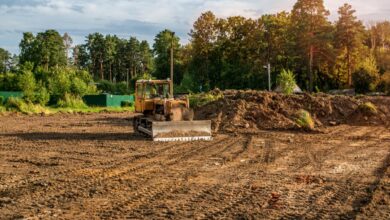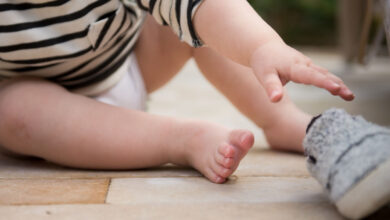3D Printing Vs. CNC Machining – Which Is Best For Prototyping
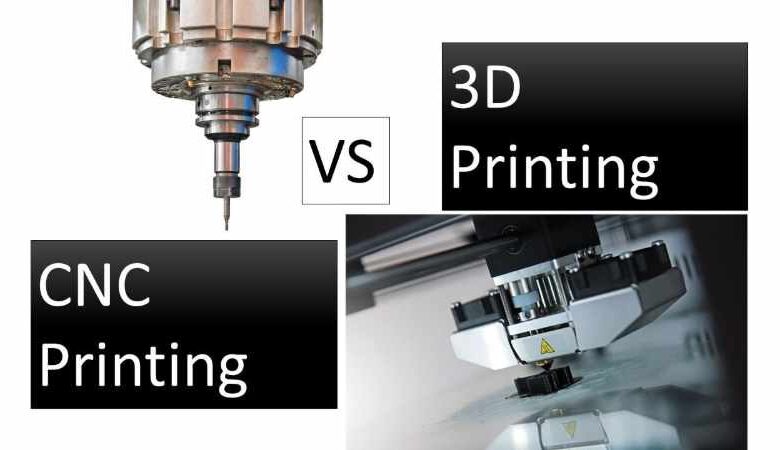
Whenever you need to build a prototype, the two options how to do it is through 3D printing and CNC machining.
3D printing is a technology that is continuously on the rise. Ever since its inception, 3D printing has made it possible to replicate everyday items and even be used in medicine.
CNC machining is a different type of technology that has existed for far too long. CNC machines are already well-established within many industries and are capable of achieving many things. The sheer widespread usage of these machines cannot be matched with 3D printing.
CNC machines are capable of mass production, while 3D printing isn’t. With that said, which is better for prototyping? What machine will you use if you need a prototype done? Will it be the 3D printer or a CNC machine?
Don’t go anywhere like this one question we will provide an answer to.
1. Special Way of Manufacturing
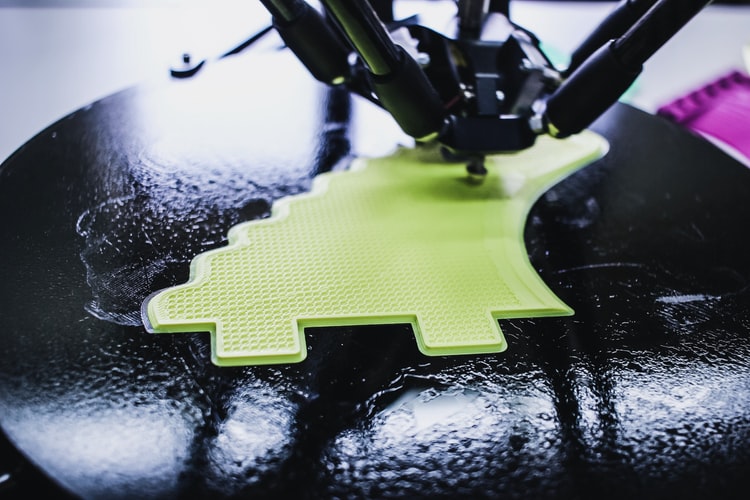
The first thing to look at is to determine the form of manufacturing for both. CNC machines and 3D printers are entirely separate things.
The type of manufacturing for 3D printers is additive, while CNC machines operate on a subtractive method. A CNC machine takes a piece of metal and cuts and molds to create the finished form.
3D printers, on the other hand, effectively create the item layer by layer. It does this by using a laser to solidify each layer built throughout the process of printing.
2. Materials Used
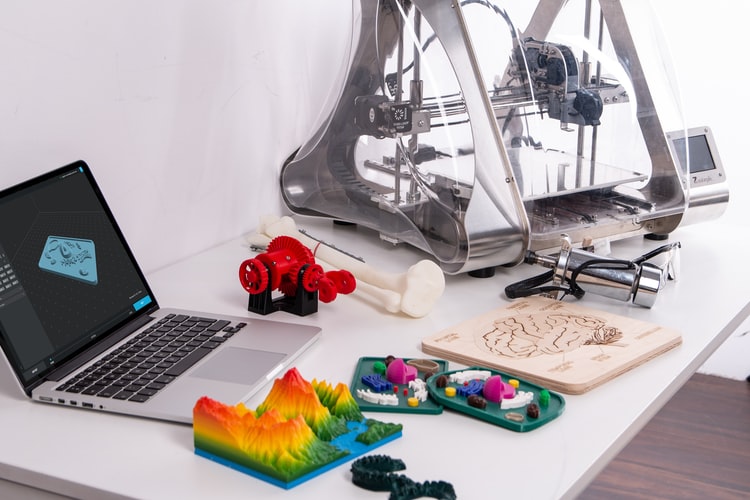
This is a very important one to consider, as it directly impacts your decision. The vast majority of modern machines are completely capable of using a wide variety of materials.
Both 3D printers and CNC machines can use anything from metal plastic. While it’s safe to say that printers focus more on the use of plastic and CNC focuses more on the use of metal.
But, regardless, both machines can use plastic and metal. So, naturally, this one depends on what type of material you need the prototype to come in.
If you want it to be made out of metal, then use a CNC machine. If you want a plastic prototype, then a 3D printer is the way to move forward.
But metal and plastic don’t tell you anything. If you didn’t know, both materials have categories and subtypes that further differentiate from the rest.
The most commonly popular plastics used by 3D printers are ABS, Nylon, Acrylic, PP, PEEK, etc. And on the other side, CNC machines use aluminum the most when it comes to day-to-day operations.
While aluminum is the most popular one, others include zinc allow titanium, brass, stainless steel, etc.
3. Ease of Use
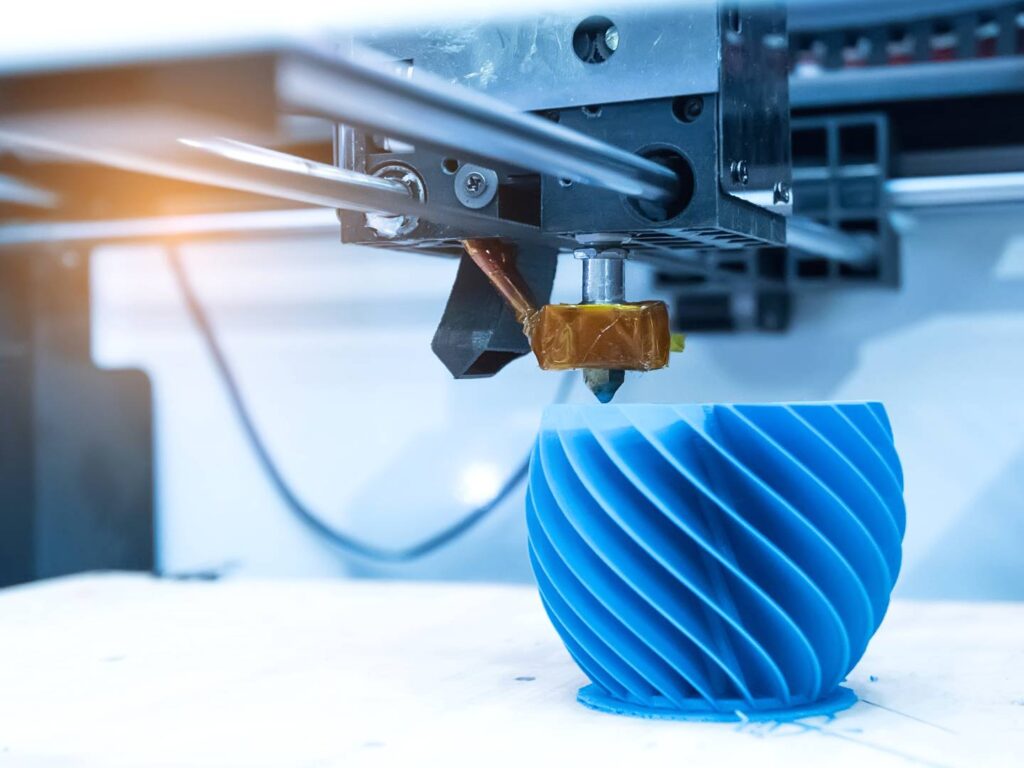
Using a printer is significantly easier than using complex machinery. So, this one certainly goes in favor of 3D printers.
However, CNC machines can range in all sizes. They can be huge machinery designated to serve a key role in factories, or they can be man-manned simple machines that do a single task.
4. Size

This one adds nicely to our previous point, but size plays an important role in how fast the machine can create your prototype. One of the biggest machines out there is CNC wood router machines, and Elephant-CNC has an abundance of them.
These are used for anything from carving wood to creating detailed and complex prototypes. The bigger the machine, the faster your prototype will be created.
5. Accuracy and Complexity
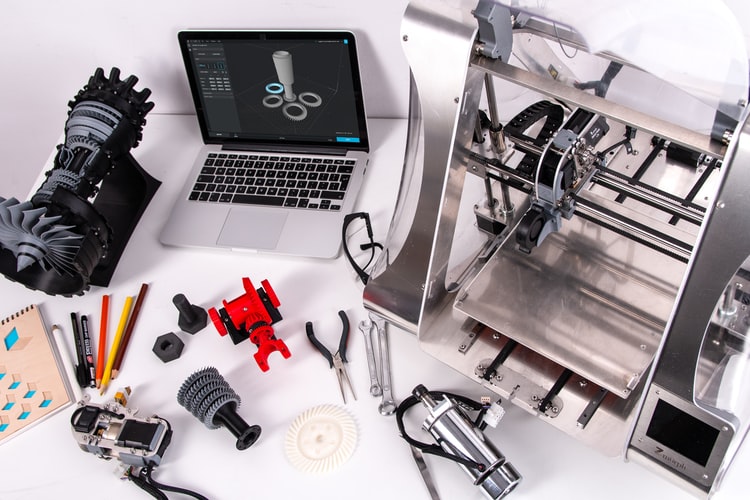
CNC machines are more complex and more accurate when it comes to finalizing the prototype. 3D printers are accurate, but margins for errors do exist. And 3D printers are fairly limited when it comes to speed; something that is very important in machining.
Lately, there have been some advancements with the geometric accuracy of 3D printers, allowing them to create highly detailed and complex geometric shapes.
6. Cost

Cost is very subjective and depends on multiple factors. The first and most important factor is the size of the machine. A bigger machine is more capable of achieving complex designs and schemes.
And naturally, the more complexity means the more you’ll pay. But this is just one factor out of many. Another important factor is quantity. Namely, if you need 100 parts done, the CNC is a cheaper option.
However, if you need lower volumes done, then 3D printing is the way to move forward.
Other factors include materials. Metals cost more, so you should keep that in mind if you’re ever creating a prototype made out of aluminum or any other metal.
The number of parts a machine has is also an important factor to consider. The more parts the machine has, the more you’ll pay for them.
7. Environmentally Friendly

Some people value when a service is environmentally friendly. CNC effectively cuts metals and various other materials and leaves behind quite a mess that needs picking up.
But not only that, you’ll need to find a way to dispose of them. 3D printing, on the other hand, doesn’t make any mess at all. Since 3D printing effectively creates it from the material being fed into the machine, it creates no mess since it uses the material to the last drop.
While CNC does create waster, you can always reuse it since aluminum is recyclable.
Conclusion
Choosing to 3D print instead of using a CNC machine for creating a prototype might be an unwise decision. You’ll pay much more for a 3D printer that needs to create a prototype out of metal; much less than with a CNC machine.
All in all, both methods will help you achieve what you came in for, but you should make a decision none the less. If the prototype involves more complex schematics and parts, then CNC is your best option.
Also, you’d likely want to use a CNC machine if the prototype is larger. 3D printers aren’t capable of creating huge parts and complex prototypes. While they are very powerful machines, their use is fairly limited. In all likelihood, we will see that changes in the near future.
